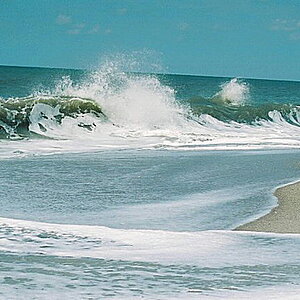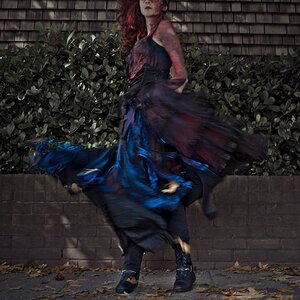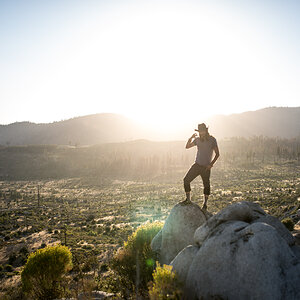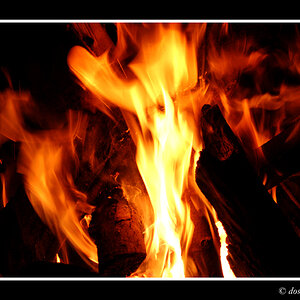Joe from So Cal
TPF Noob!
I've been considering getting a D850 and a ES-2 adapter to digitize some of the thousands of negatives I've shot over the years. I've been impressed with the detail I can pull out of an image with my D600 and I imagine the D850 can demolish that. I have a 105 F2.8D Micro Nikkor.
When I considered a film scanner I wanted the best quality I could afford. I noticed the drum scanners could take 30 seconds or so per image. That seemed a bit arduous. The cost is up there as well, I think.
I welcome input from anyone here who uses or has experience with these things, pros and cons. Thank you.
When I considered a film scanner I wanted the best quality I could afford. I noticed the drum scanners could take 30 seconds or so per image. That seemed a bit arduous. The cost is up there as well, I think.
I welcome input from anyone here who uses or has experience with these things, pros and cons. Thank you.


![[No title]](/data/xfmg/thumbnail/37/37631-1af996afcca522b3c5490538125d9599.jpg?1619738155)


![[No title]](/data/xfmg/thumbnail/38/38720-f0f83c1b09a42065eefec8923841d54d.jpg?1619738701)
![[No title]](/data/xfmg/thumbnail/37/37128-189b79232a3c6bf0c2c530e4eea0b8cd.jpg?1619737884)


![[No title]](/data/xfmg/thumbnail/32/32981-27e3d29bfa5b1638f18299ec111c7b87.jpg?1619735812)


![[No title]](/data/xfmg/thumbnail/39/39290-dfb3e819bd94a7f30797638ae1ae27cf.jpg?1619738958)
![[No title]](/data/xfmg/thumbnail/37/37126-93feffeca0e9e6ad893962c03a7a341e.jpg?1619737884)